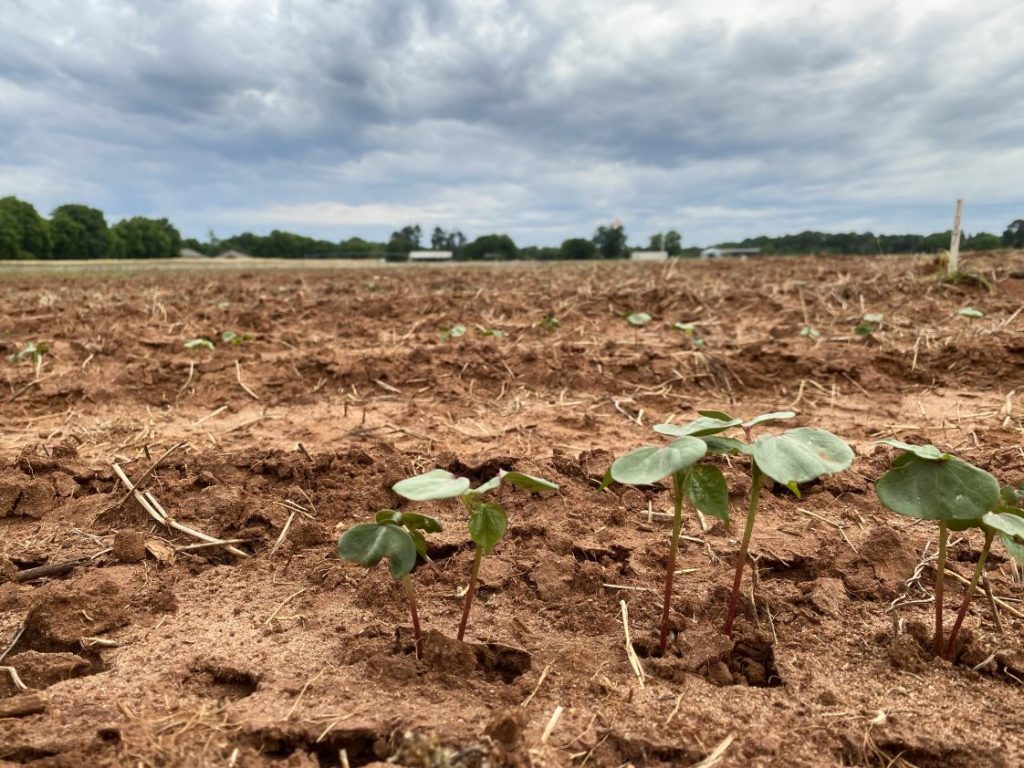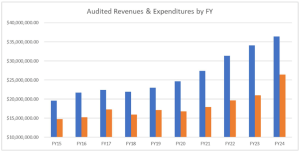North Alabama cotton crop on line after recent rains
Published 8:40 pm Sunday, June 1, 2025

- This year’s wet weather in north Alabama is uncharted territory for many cotton farmers. Photo courtesy Alabama Cooperative Extension System
Alabama farmers are accustomed to dealing with lack of rainfall. However, recent heavy rainfall across the state has left farmers with soggy fields — a much less familiar situation.
At this point, Alabama Cooperative Extension System Cotton Entomologist Scott Graham said the real question is whether or not farmers will even be able to plant cotton in north Alabama. Graham and his counterparts across Alabama and in neighboring states are assessing the situation and sharing recommendations for farmers who are dealing with one of Alabama’s latest planted cotton crops in many years.
“The most recent USDA report (May 27) showed Alabama farmers have planted 55% of this year’s crop, which is down significantly from the five-year average of 76% planted,” Graham said. “Some have already filed prevented planting coverage claims. Others still want to try to give the crop a go. So, the question is — how do we make it work?”
Trending
Making Plans
Graham said north Alabama cotton farmers still have a chance to have “normal” yield potential, but it depends on whether or not June brings dry weather or more rain.
Tyler Sandlin and Eddie McGriff, both agronomic crops agents with Alabama Extension at Auburn University, are working with growers in north Alabama to develop cotton management plans in the event that planting occurs in early June.
Sandlin and McGriff agree that cotton planted through the first week of June can still reach or exceed 1,000-pound yields.
“This can be done without changing much of the approach from earlier planted cotton, although managing for earliness is needed to ensure maximum yield potential,” Sandlin said. “For cotton planted beyond that, managing for earliness is critical.”
Graham also consulted Tyson Raper, the cotton agronomist at the University of Tennessee. Sandlin and Raper believe cotton planted in early June could be successful, but cotton planted after the second week of June will be more difficult.
Things to Consider
This year’s wet weather in north Alabama is uncharted territory for many cotton farmers. Raper and Sandlin emphasize some important things to remember for managing a late cotton crop.
Trending
— Plant the shortest season variety available. Earlier maturing varieties (early or early-mid) typically set and mature bolls in a shorter time than full to mid-season varieties.
— If planting about June 7 or 8 through the 15, plan for a yield goal of 850 pounds. Manage the crop with this goal in mind. If that yield goal does not at least break even, consider the economics of other crops, like soybeans.
— Reduce nitrogen rates. A crop with a goal of 850 pounds does not need the same inputs as a crop with 1,250-pound potential.
— Consider reducing seeding rates. Planting late in the window generally means better conditions and a better stand, thus lower seeding rates (approximately 5 seed per foot) should provide the needed yield potential.
— Manage plant bugs aggressively pre-bloom. While the normal threshold is to maintain 80% of the first position squares during the squaring season, farmers cannot afford to lose any squares in late planted cotton. High square set promotes earliness and is critical to achieve this goal. — Be prepared to need more plant bug applications than normal in a late crop.
— Make timely applications of plant growth regulators (PGR) as needed throughout the season. PGR strategies in particular may need to be adjusted but reaction should be made quickly when needed.
— Make timely insecticide applications as needed. Since there is a short window to set the crop, growers cannot allow insects to delay maturity or cause boll loss. During the blooming window, thresholds may not need to be changed if growers are able to make timely applications. In situations where timeliness is not achievable, thresholds may be reduced to lower the chances of loss.
Managing Late Cotton
When making the decision to move forward with a late-planted cotton crop, there are several factors that really matter. Insurance coverage and logistics or ability to change crops are two significant factors to weigh.
“We still have time to make a decent crop, but we have to do everything right,” Graham said. “Decisions will likely come down to a farm-to-farm basis and the risks each grower is willing to take.”
Consider the economics of reduced yield for cotton compared to planting soybeans or leaving the ground fallow, and make the best decision possible.
More Information
When every seed and input application counts, Alabama farmers can count on the Alabama Extension’s agronomic crops team to help them make sound management choices for their crops. Contact an Extension agent for more information or assistance on your operation.





